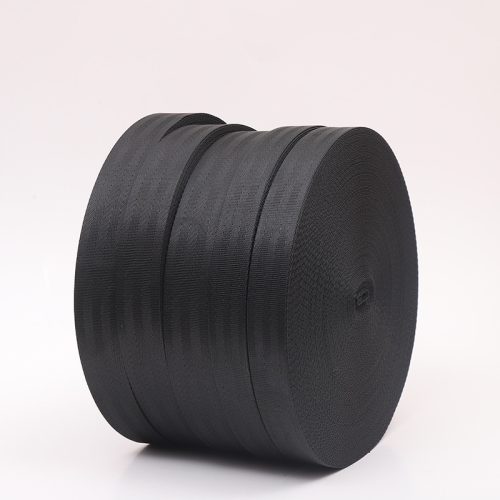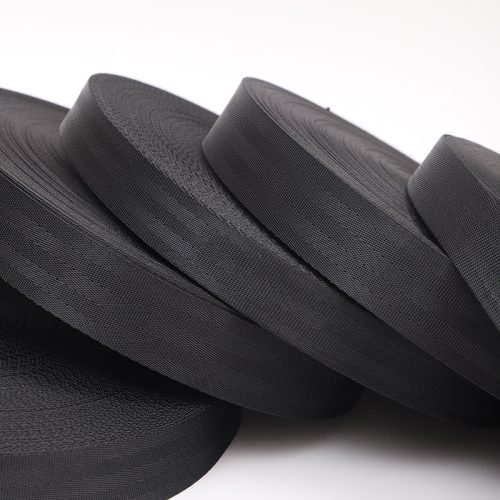Selecting the appropriate width for your nylon webbing depends on the specific application and requirements of the project. The width of the webbing determines its load-bearing capacity, comfort, and overall functionality. Here are some guidelines to help you choose the right width:
1. Consider the Load and Usage:
- For lightweight applications like straps for bags, camera gear, or fashion accessories, narrower widths (e.g., 1/2 inch or 1 inch) are usually sufficient.
- For heavy-duty applications like load-bearing straps, climbing harnesses, or towing straps, wider widths (e.g., 2 inches or more) are necessary to distribute the load effectively.
2. Load-Bearing Capacity:
- The wider the webbing, the greater its load-bearing capacity. If the webbing will be subjected to significant weight or stress, opt for wider widths to ensure safety and durability.
3. Comfort and Wearability:
- Wider webbing might offer more comfort when used in applications that come into direct contact with the body, like backpack straps, belts, or pet harnesses.
4. Aesthetics and Visibility:
- Consider the visual impact of the webbing. Narrower webbing can provide a sleeker, less obtrusive appearance, while wider webbing might offer better visibility and a bolder look.
5. Compatibility:
- Make sure the chosen width fits appropriately with other components or hardware, such as buckles, D-rings, and connectors.
6. Attachment Points:
- If the webbing will be attached to specific points or loops, ensure that the chosen width fits those attachment points securely.
7. Industry Standards:
- Some industries, like climbing and safety equipment, have specific standards that recommend certain webbing widths for different applications. Ensure you adhere to these guidelines for safety.
8. Customization and Branding:
- Wider webbing provides more space for customization, branding, or adding labels. Consider how you want to incorporate logos, text, or patterns onto the webbing.
9. Functionality:
- Consider the intended use of the webbing. For example, if you’re making straps for a backpack, consider the load the backpack is likely to carry and choose a width that can handle that load.
10. Trial and Testing:
- If possible, test different webbing widths under similar conditions to determine which one performs best for your specific application.
In general, a balance between load-bearing capacity, comfort, aesthetics, and practicality is important when selecting the width of nylon webbing. If you’re unsure, it’s a good idea to consult with suppliers, manufacturers, or experts in the field to ensure that the chosen width meets your project’s requirements.


